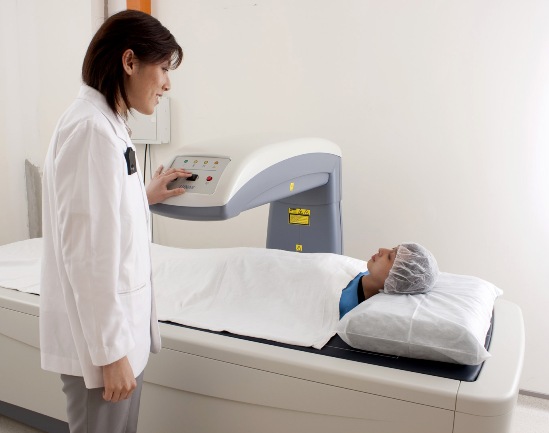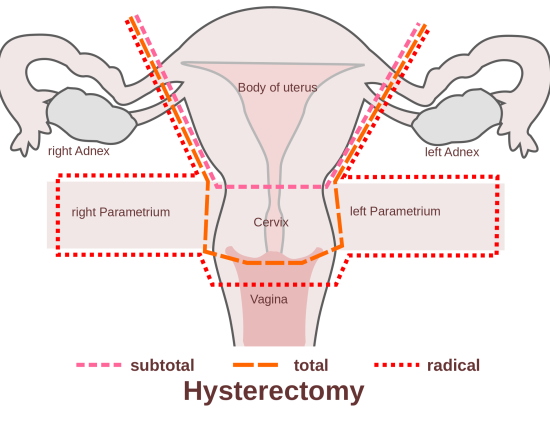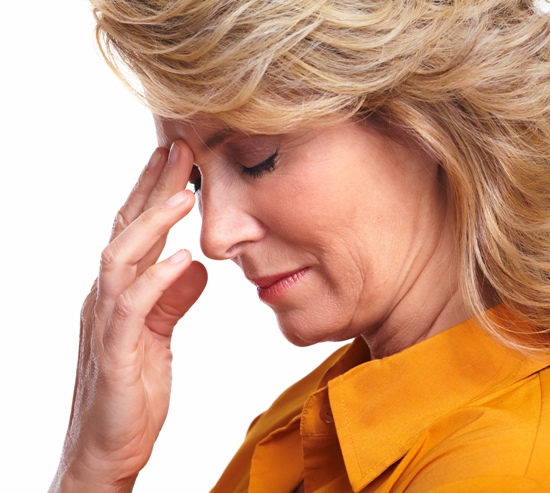A bone mineral density test is a quantitative mean of calcium and other bone minerals in an area or segment of your bone. The diagnosis involves using a dual-energy X-ray absorptiometry (DEXA) scan which are of two types- Central DEXA and peripheral DEXA.
Central DEXA facilitates in scanning your hip and lower spine while peripheral DEXA helps in measuring the bone densities of extremities such as fingers, wrists, heel or legs.
What is the Process?
The scan is a painless procedure and you must stay still during the test to get accurate results. It is primarily a procedure use to diagnose osteoporosis and bone loss. The result of your test will be reported in the form of Z-score and T-score. T-score depicts a comparison between your bone density and that of a healthy, young control.
While, Z-score reports the condition of your bone density on the basis of race, gender and age. With both the scores, a negative magnitude indicates that your bones are thinner and weaker than the average, healthy individuals.
Measurement of bone density can be affected by certain factors like patient’s height and weight, thickness of tissues, and some more that are not pertinent to the bones.
This article will enlighten you about the bone density test and its role in diagnosing your bone mineral levels and hence your risk of having osteoporosis.
Importance of Bone Mineral Density Test
Given below are some points regarding the importance of BMD test –
- It helps your physician to analyze if you have normal bone density, low bone density (osteopenia) or osteoporosis.
- It indicates the presence of weak bones or osteoporosis before your bone fracture. Previously, osteoporosis could be detected only after you suffered from a fracture. However, by that time, your bones would get too feeble. Bone mineral density test helps you to get an early treatment for your ailment. People suffering from osteoporosis and osteopenia have low calcium content in their bone, which make it brittle and elevates the risk of breaking bones which is eliminated by pre-diagnosis and treatment after BMD test.
- It helps your orthopedic to examine whether you bone density is improving, deteriorating or staying the same with your age.
- It helps in the evaluation of effects of the osteoporosis medicines prescribed to you. If there is no improvement of your bone density or if the conditions are getting worse the doctor can prescribe you other medicines or think about alternative steps to curb the problem.
Bone mineral density test should be a part of regular check-up for men and women above the age of 65, for those individuals who have suffered a fracture after the age of 50, for post-menopausal women or menopausal women with risk factors.
Some more factors like vertebral abnormalities, long-term steroid therapies, primary hyperparathyroidism, eating disorders etc also calls for BMD test as soon as possible. So, if you meet any of the above criteria for requirement of the test then you must undergo it as and seek an early treatment for low-bone mineral density.
Photo Credit By: healthyliving88.com







